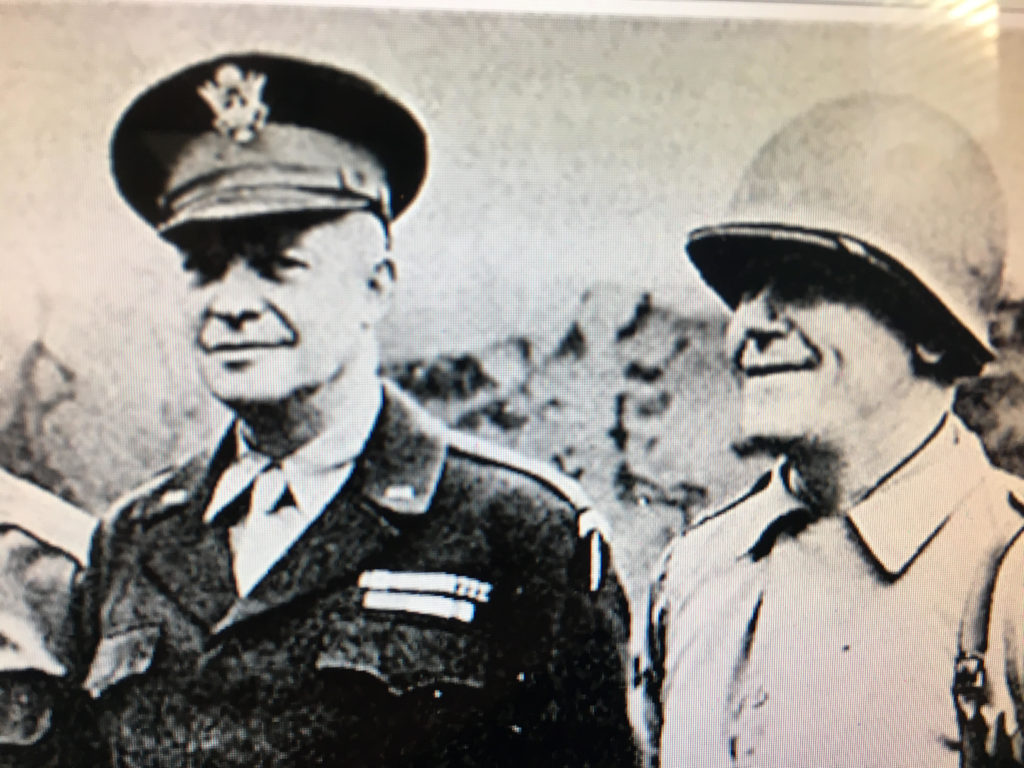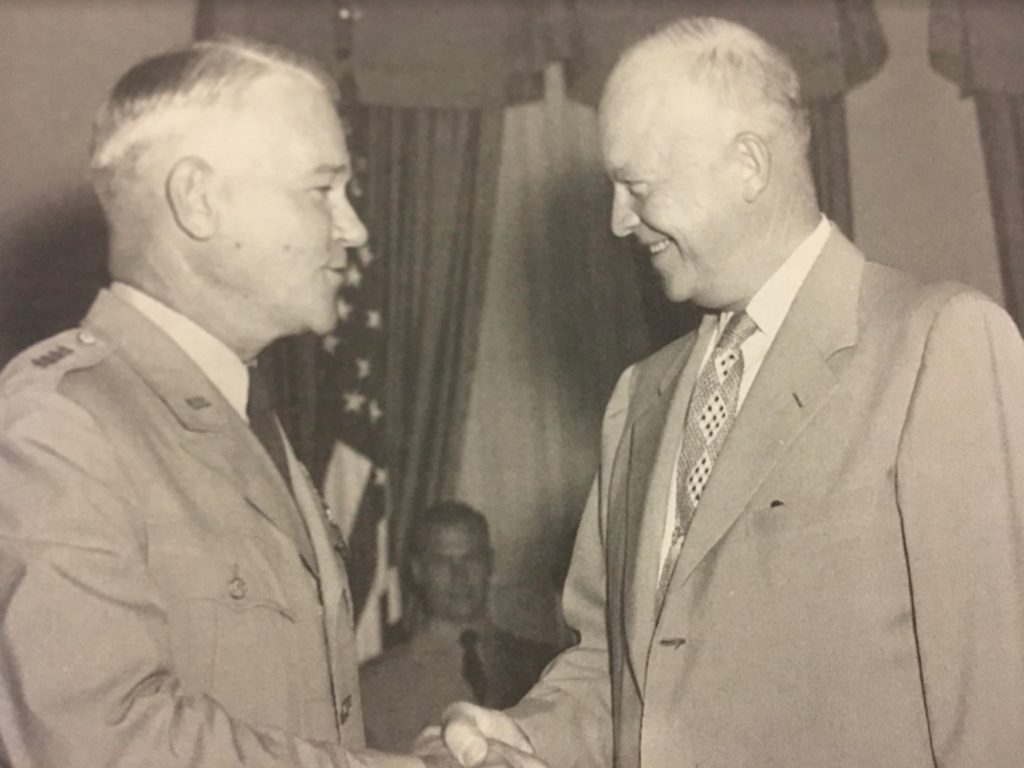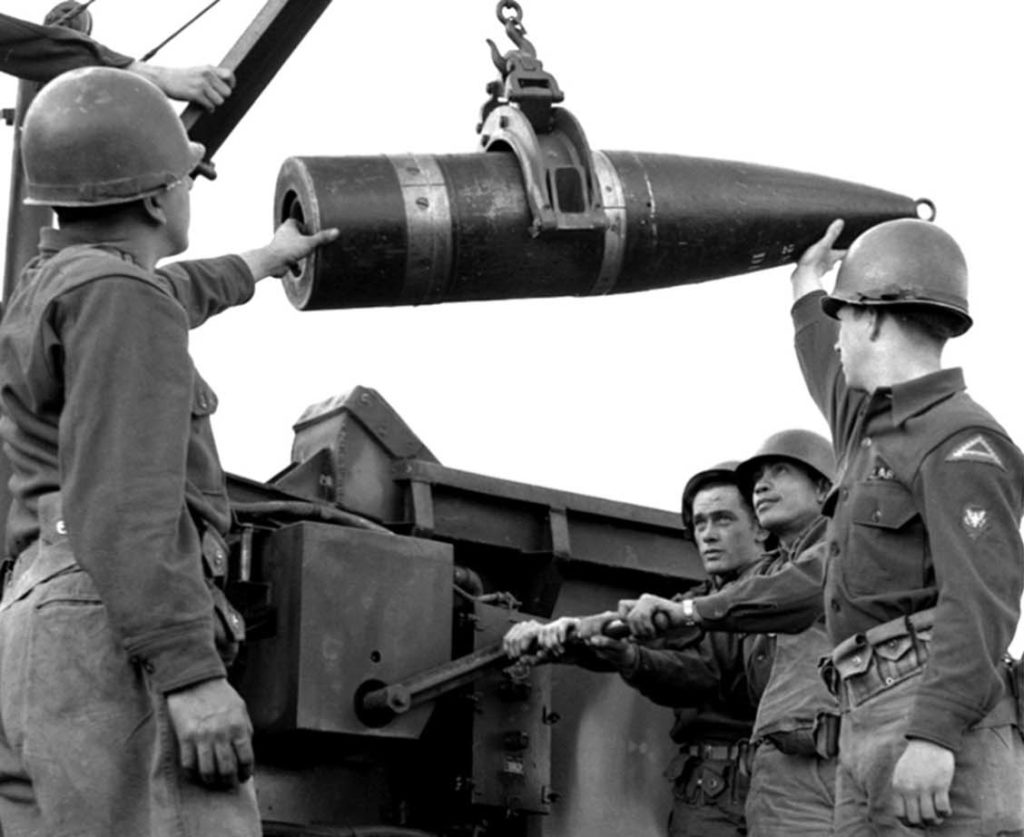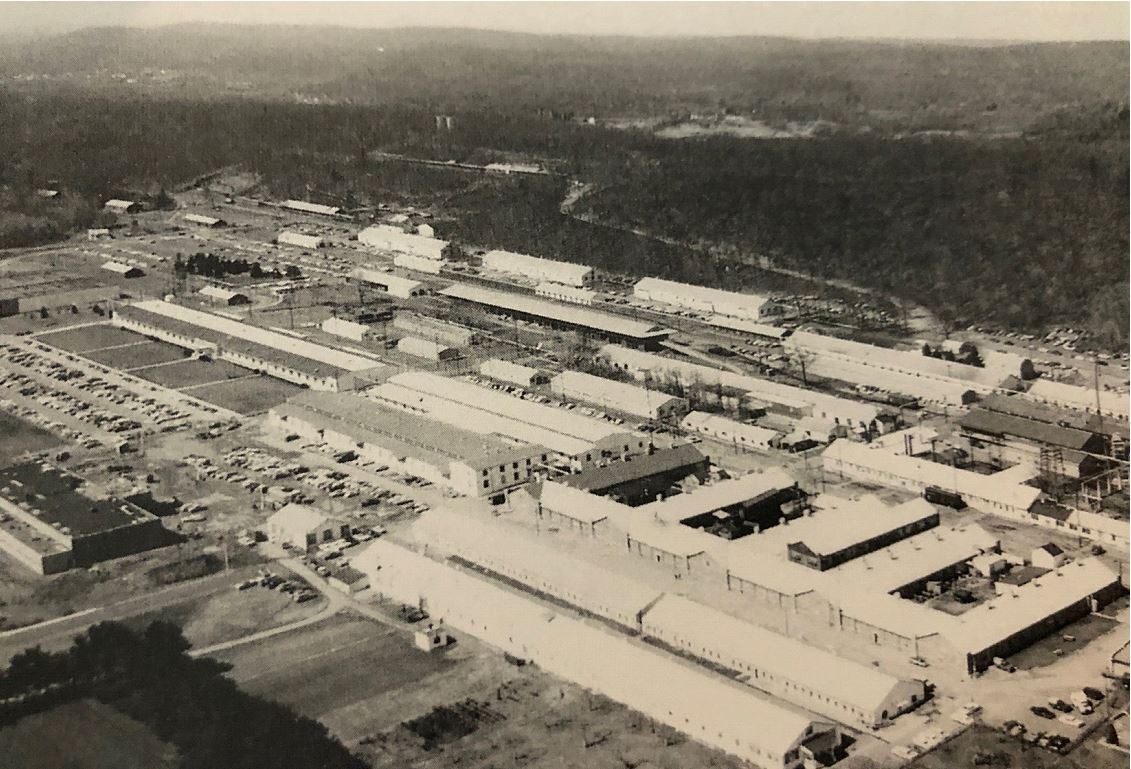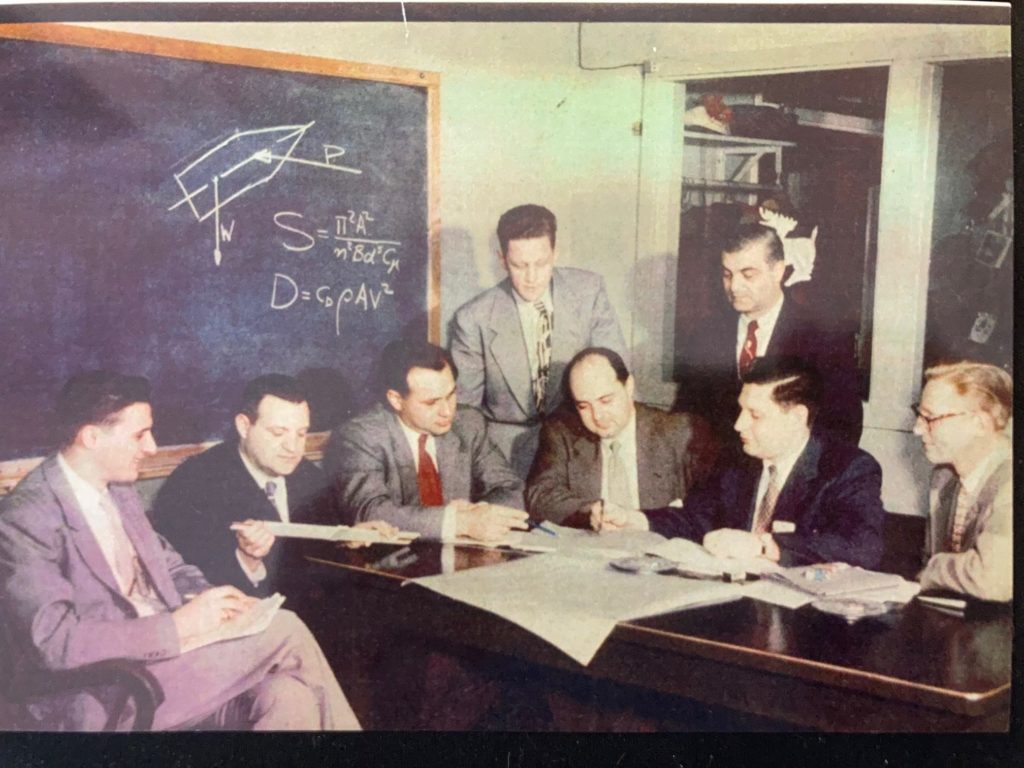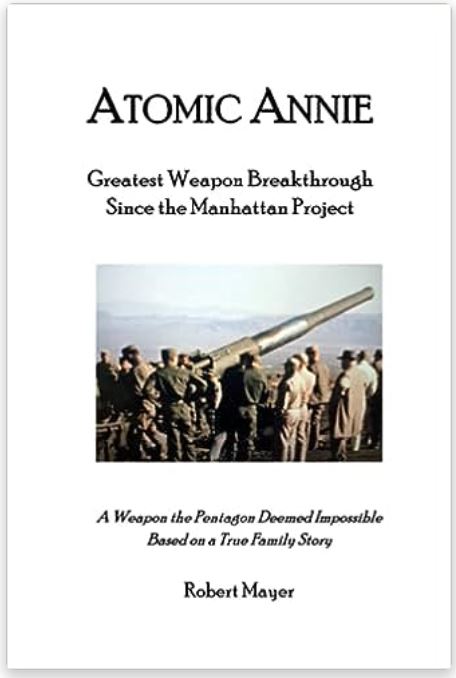A crowd of at least 120,000, with estimates up to 400,00 Berliners gathered in front of the Schöneberg Rathaus (City Hall) to hear President Kennedy speak. It was the young and charismatic US President’s first visit and he gave his address at the Berlin Wall-the wall dividing Germany into Communist and Democratic halves. The West Germans were nervous that, after 18 years, the US would not continue their massive military. In one his greatest and most famous speeches, Kennedy declared:
“Ich bin ein Berliner!” or “I am also a citizen of Berlin” to the roar of the enormous crowd. Kennedy went on to say America would never abandon its democratic values and confront communism wherever it reared its ugly head.
The charismatic president went on to say that on the 15th anniversary of the Berlin Airlift he wanted to let the West Germans know that like during that airlift, the US would never “bend” in supporting freedom and democracy for all Berliners. After Berlin, JFK went to visit the US 3rd Armored Division at their base in Hanau, West Germany. The following is the recollections of one of those on the Atomic Artillery team that manned the Davy Crockett installation. It is entitled:
- An Awkward Moment –
- By Thomas Herwer 3rd Armored Division
Marty Kungl and I (both of 3rd Armored Division) were selected to prepare for President Kennedy’s visit to Hanau in June, 1963. We set up a full blown Davy Crockett Weapon System display over by the missile launchers. We were the only two guys from the Davy Crockett section at the display. I had heard that Kennedy didn’t want lieutenants and sergeants, but wanted to hear about the weapons from the “gunners”.
It was a very impressive show for the President. I can’t ever remember seeing so many GI’s in one place at one time.
When Kennedy was riding around in the limousine with General Pugh, our Division Commander, and viewing all the troops and weapons, they stopped at the missile launcher displays and Kennedy talked to the guys for a few minutes…..
On the way back to the limo, General Pugh pointed out to Kennedy our Davy Crockett display. Boy, were we startled when the President and the General walked over to Marty and me! We must have been at ramrod attention at that point………Kennedy asked Marty what was the yield on the warhead. Marty said something like, “Sir, I can’t tell you. That is a classified secret.”
There was a moment of dead and uncomfortable silence, then General Pugh told Marty it would be okay to tell the Commander in Chief that information. So Marty divulged the warhead yield, much to our General Pugh’s relief, I’m sure.

I’m going to put up the highlights of JFKs speech that day since it is especially appropriate today, at a time that Communists continue to try to force their will on freedom loving people.
“Freedom has many difficulties and democracy is not perfect. But we have never had to put a wall up to keep our people in — to prevent them from leaving us. I want to say on behalf of my countrymen who live many miles away on the other side of the Atlantic, who are far distant from you, that they take the greatest pride, that they have been able to share with you, even from a distance, the story of the last 18 years. I know of no town, no city, that has been besieged for 18 years that still lives with the vitality and the force, and the hope, and the determination of the city of West Berlin.
While the wall is the most obvious and vivid demonstration of the failures of the Communist system — for all the world to see — we take no satisfaction in it; for it is, as your Mayor has said, an offense not only against history but an offense against humanity, separating families, dividing husbands and wives and brothers and sisters, and dividing a people who wish to be joined together.”
-US Pesident Kennedy – Berlin, West Germany June, 1963



